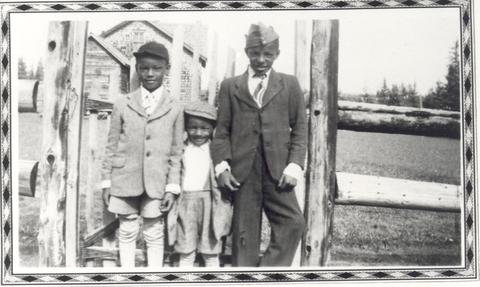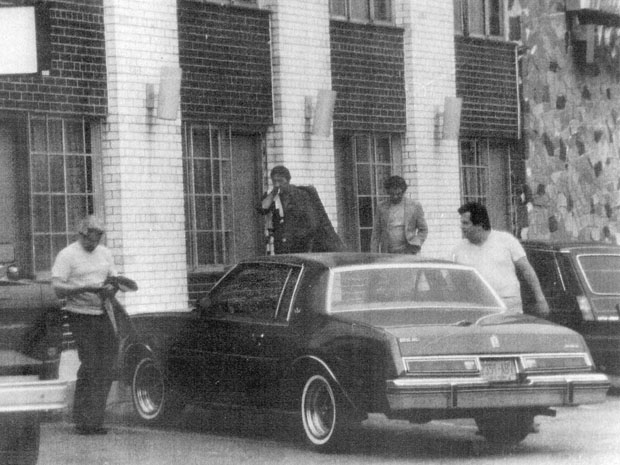Article
Oral History
Oral history is an account of the past transmitted by word of mouth. It has made important contributions to the ways in which we understand and interpret the past. Today, oral history has become an important field of study. Oral histories are also central to Indigenous cultures, both historical and contemporary. (See also Historical Sources and Indigenous Oral Histories and Primary Sources.)













